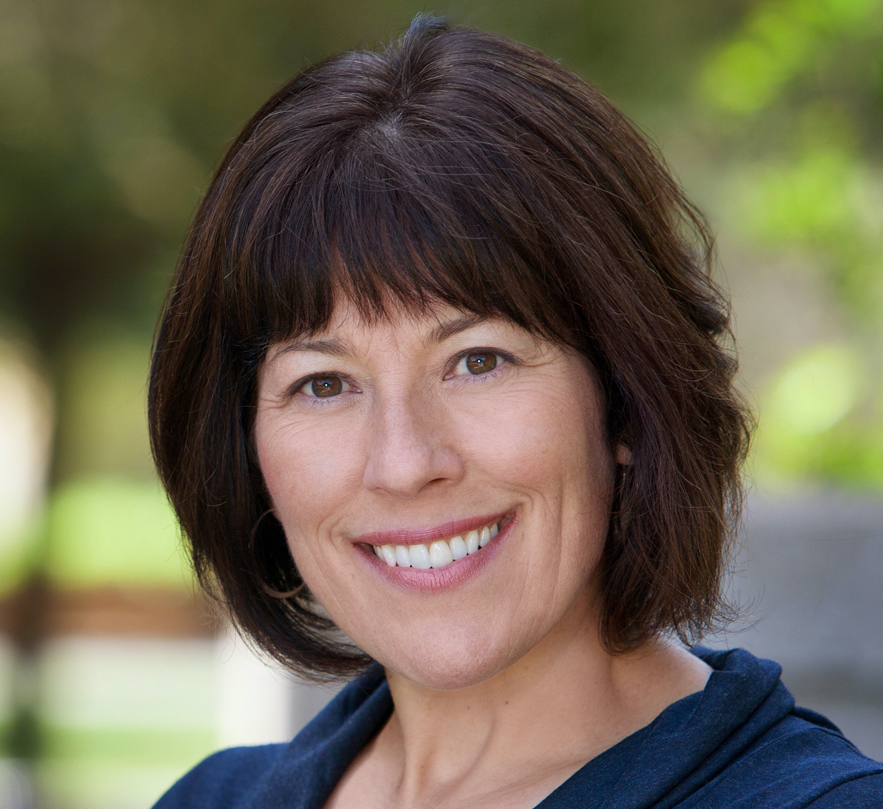Some leaders have viewed the challenges of 2020 as a series of obstacles, while others have chosen to see them as opportunities. For those seeing obstacles, there has been an increased focus on fairly narrow and technical challenges. But, for those seeing opportunities, it’s meant taking time to develop new products, and even rethink how or why they do what they do.

Many leaders of educational institutions are finding themselves in that latter camp; that is, viewing 2020 as providing opportunities. And if they aren’t, they should be. Specifically, the challenges of 2020 are an opportunity to rethink and redesign executive education programs to provide participants with a high quality, impactful experience that not only reflects what’s happening now, but also the changing cultural expectations of business leaders.
Here are three ways we altered our approach at Stanford Graduate School of Business.
1 .Create relevant content that reflects the current state of the world in general, and the business world in particular.
Determined to look at this through the lens of opportunity, we knew we needed to do more than provide the conventional executive education experience at a distance. The unprecedented circumstances called for creating new content and programs that tackled the new challenges arising as a result of the pandemic and the shifting ways in which we are talking and thinking about leadership now and for the foreseeable future.
The intent of Stanford’s executive education program is to provide information on two levels. We want to offer practical tips that help participants grow. We also want to give them things to think about in relation to those bigger picture issues that challenge leaders. And as what’s expected of leaders changes, we want our participants to be able to apply these new ways of thinking to whatever comes next with exposure to diverse ideas and perspectives to process and respond to—an essential part of effective leadership.
2. Offer more attendance options: Live and in person or live virtually. Or even recorded sessions.
The current climate also allowed us to step back and look at how our courses were presented. Because the leaders who take our courses, in most cases, literally couldn’t come to California to participate. That meant we had to determine how to best address business leaders’ learning needs by using platforms and formats that make people feel comfortable and engaged. One of the vital elements of our courses is that they are more than just instruction, so we wanted to make sure that if someone chose to attend virtually, they were still getting all the benefits of the interactive nature of our programs—including polls, breakout rooms, faculty office hours, improv sessions, group projects, virtual coffee chats and even fitness and well-being exercises.
At the same time, we still wanted to recognize that for some participants, the pandemic had so upended their normal routines that a live session, even if it was online, just wasn’t feasible. We had to also make sure an on-demand option was available.
3. Create a flexible cost structure and early-registration discounts that make it easier to prioritize ongoing education at a time when budgets are in flux.
One of the first things that many companies did once they realized this pandemic wasn’t going to be just a health crisis but also an economic one, was to start looking at spending. Anything deemed optional was paused if it wasn’t killed altogether. For many organizations, that included ongoing training. That meant that we knew we also needed to look at our cost structures and provide as much flexibility as we could, even incentivizing continued education with discounts.
By making these changes to our executive education program, we were able to provide a flexible learning opportunity for leaders that reflected not just what was happening in today’s turbulent business environment but also helped arm them with the knowledge they need to navigate the challenges brought on by broader changes in our culture.
Sarah A. Soule is the Morgridge Professor of Organizational Behavior at Stanford Graduate School of Business, and senior associate dean for academic affairs.







